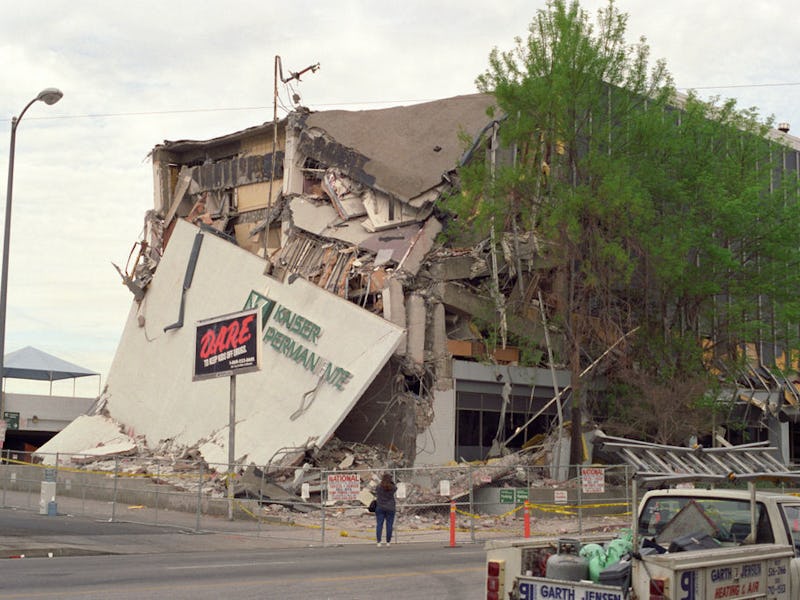GPS Data Now Makes it Possible to Predict Most Devastating Earthquakes
Providing more accurate results can save lives.

Earthquakes killed more than 1,200 people worldwide in 2017 alone. Traditional earthquake warning systems are able to accurately report the magnitude of smaller quakes, but they get less accurate the more severe the tremor.
Being able to tell the difference quickly and precisely between a magnitude 7.0 and a 8.0 earthquake can be a matter of life or death when it comes to providing early warnings and organizing rescue efforts.
As reported in Tuesday’s issue of the journal Seismological Research Letters, seismologist Brendan Crowell and his team at the University of Washington have made use of already available GPS data to more accurately label the severity of earthquakes as they occur. He says this warning system, known as G-FAST, is only a few years away from becoming operational around the Pacific Rim.
“Our system worked very well with large earthquakes,” Crowell tells Inverse. “We were able to categorize them within 0.3 units of the actual magnitude. Being able to produce such robust results for areas around the world is truly exciting.”
In their study, they utilized data gathered by the Global Navigation Satellite Systems (GNSS) — a system of satellites that provide positional and timing data on Earth — on previous earthquakes that had happened in Chile. They essentially replayed those tremors and tested if G-FAST was able to categorize them.
Their G-FAST system blew traditional warning systems out of the water when it came to larger-magnitude quakes.
“Traditional seismic systems track the shaking but not the full movement that caused the earthquake,” explained Crowell. “When you use GPS-based systems, you can track seismic shaking as well as the permanent movement.”
These types of results were made possible by a wide range of real-time GPS data, which has become widely available worldwide. Crowell his team have essentially put data that was just sitting there to use.
G-FAST was not developed to replace traditional seismic trackers. Crowell says that those still work incredibly well for smaller quakes. Instead, he believes a joint system — using both GPS data and seismic readings — will provide people living around fault lines more accurate warning.
While preventing natural disasters might be impossible, advancements in detection technologies allow people to at least prepare and react accordingly.